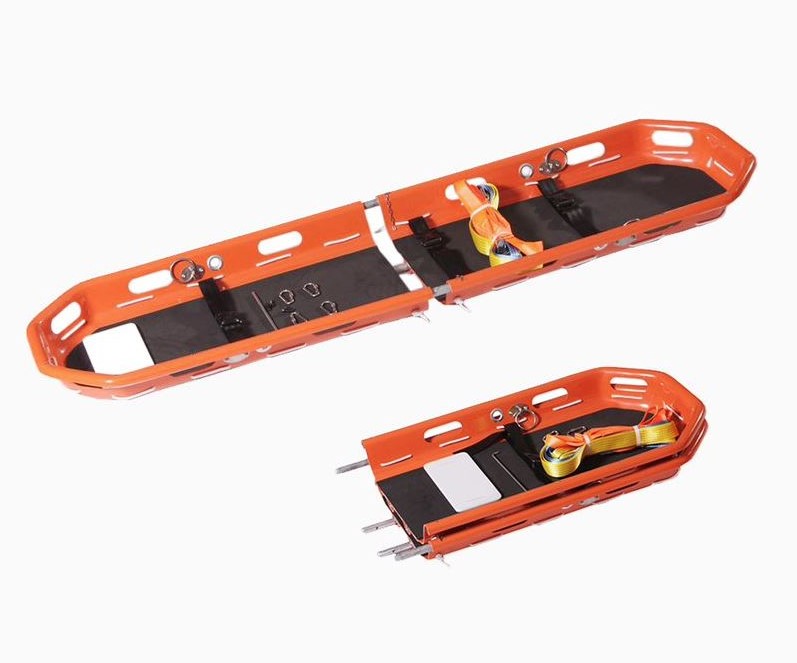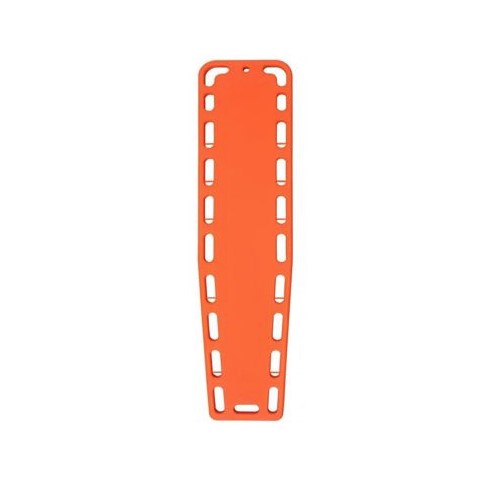
FIRST AID KITS
WorkSafeBC ETV Equipment Package
For commercial sales, please email sales@alertfirstaid.com
This package contains all the recommended ETV equipment identified in WorkSafeBC's Schedule 3-A Minimum Levels of First Aid.
Please note - the basket stretcher is 86" long at it's longest point. Please ensure your ETV can fit this stretcher before ordering. Thank you!
Location and access
Where a vehicle is needed to transport an injured worker, the vehicle should be immediately available for use and capable of being dispatched to the accident scene within 3 to 5 minutes of being required. It should be located where it will best serve the workers who are most likely to need an emergency vehicle.
The first aid attendant should not operate the vehicle when an injured worker is being transported.
Vehicle requirements
- It should have a minimum headroom of 1 metre (3.3 feet).
- It should provide protection from the natural elements and dust.
- It should provide warmth sufficient for good care for the injured worker, with the patient compartment heated enough to maintain normal body temperature.
- The source of heat must not be a hazard to the occupants of the vehicle when oxygen is in use.
- It should have effective voice communication between the operator and the attendant in the treatment area of the vehicle.
- It should have a means of effective communication with the scene of an accident. For example:
- The driver has a two-way radio that has a direct link with another two-way radio at the scene of the injured or ill worker.
- The driver has a two-way radio that has a link with the employer's central dispatch centre, which has voice communication via a radio or radiotelephone with workers at the scene.
- In areas with good coverage cell phones may be used.
- It should have effective communication with the hospital. For example:
- The driver has a two-way radio that has a direct link with the hospital.
- A radiotelephone in the vehicle can contact the hospital directly.
- A two-way radio or radiotelephone in the vehicle has a link with the employer's central dispatch centre, which has voice communication via a telephone or radiotelephone with the hospital.
- The emergency vehicle is accompanied to the hospital by another vehicle that is equipped with a radiotelephone or two-way radio that can contact the hospital directly and its driver can communicate with the emergency vehicle.
- In areas with good coverage cell phones may be used.
Additional recommendations for an emergency transport vehicle (ETV)
In addition to the general recommendations for emergency vehicles, an ETV should be capable of transporting at least one worker on a stretcher. It should have a means of restraining a stretcher and have enough padding to prevent excessive jarring of the injured worker.
Kit contents
- Basket Stretcher x 1
- Cervical Collar x 2
- Blanket x 6
- Head Immobilizer x 1
- Motion Sickness Bag x 2
- Lower Limb Splints x 2
- Set of Velcro Straps x 1
- Spine Board x 1






